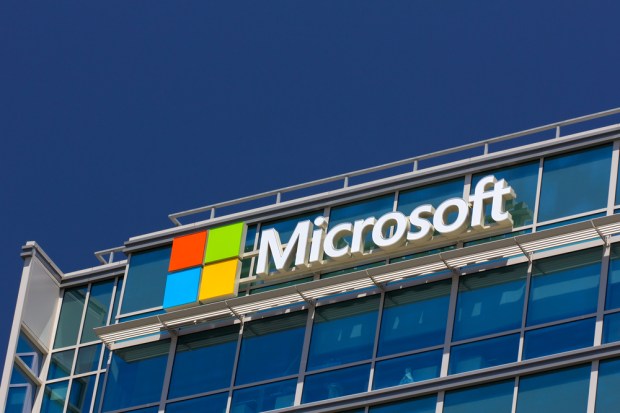Microsoft Beats On FY Q1 Despite Azure Slowdown

Microsoft surpassed analysts’ expectations for growth in the first quarter of the fiscal year as it posted its earnings Wednesday evening (Oct. 24), causing shares to jump even as growth in its enterprise cloud operations through Azure slowed.
The company posted a 19 percent overall increase in revenue year-over-year, hitting $29.08 billion, and coming in with $8.8 billion in profits for the quarter – a 34 percent year-over-year increase. Highlights in Microsoft’s performance include rising demand for its suite of Office software, though analysts had mixed expectations for its Azure unit as the company continues its competitive focus to rival industry leaders like Amazon Web Services.
Microsoft, which does not release exact financials on Azure-related revenue, did post a 76 percent increase in revenue from its Azure operations in the quarter, significantly below the 89 percent revenue rise from the previous quarter.
Analysts had been anticipating a slowdown in Azure growth. Brad Reback, an analyst at Stifel Nicolaus, had told The Wall Street Journal that Azure “is getting to a size where the pace of gains is unlikely to continue” after several quarters of accelerated growth. Still, Azure remains Microsoft’s fastest-growing service, and Chief Financial Officer Amy Hood said during the company’s earnings call that she remained confident in Microsoft’s hybrid approach to the enterprise cloud in support of clients’ efforts to shift to the clouds “on their own terms.”
“This is still a big business, and it’s still growing very quickly,” Hood added, according to separate WSJ reports.
Azure remains a key focus for Microsoft. On Wednesday, the same day the company published its earning data, the firm announced a collaboration with payments messaging firm SWIFT to position Azure as a facilitator of shifting SWIFT infrastructure onto the cloud. The companies confirmed they have been working on a proof of concept for the tool, reports in FTF said Wednesday.
Previously in the quarter, Microsoft also announced that Southeast Asia on-demand transportation and mobile payments firm Grab would adopt the Azure platform, as well as use the company’s machine learning and artificial intelligence technologies to bolster its underlying infrastructure.
The technology conglomerate’s earnings rose as much as 4 percent after releasing its earnings data, with investors confident on the company’s better-than-expected earnings per share ($1.14, versus the expected $0.96 EPS).
Noticeably absent from Microsoft’s highlights were its recent pushes in the areas of blockchain and digital identity.
The company did not elaborate on its partnership with consultancy group EY to develop blockchain-based solutions to help creative professionals manage royalty payments, a collaboration announced in June. Microsoft also did not divulge new details on its collaboration with IBM and AT&T, announced in September, to develop a suite of blockchain solutions for the enterprise.
In July, Microsoft called on U.S. regulators to heighten regulation of facial recognition technology after lawmakers pressed Amazon about how its facial recognition solution, Rekognition, is used by law enforcement in the country.
